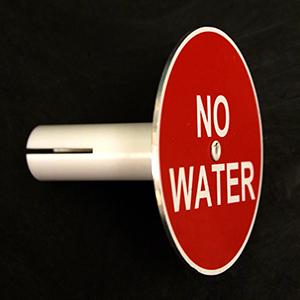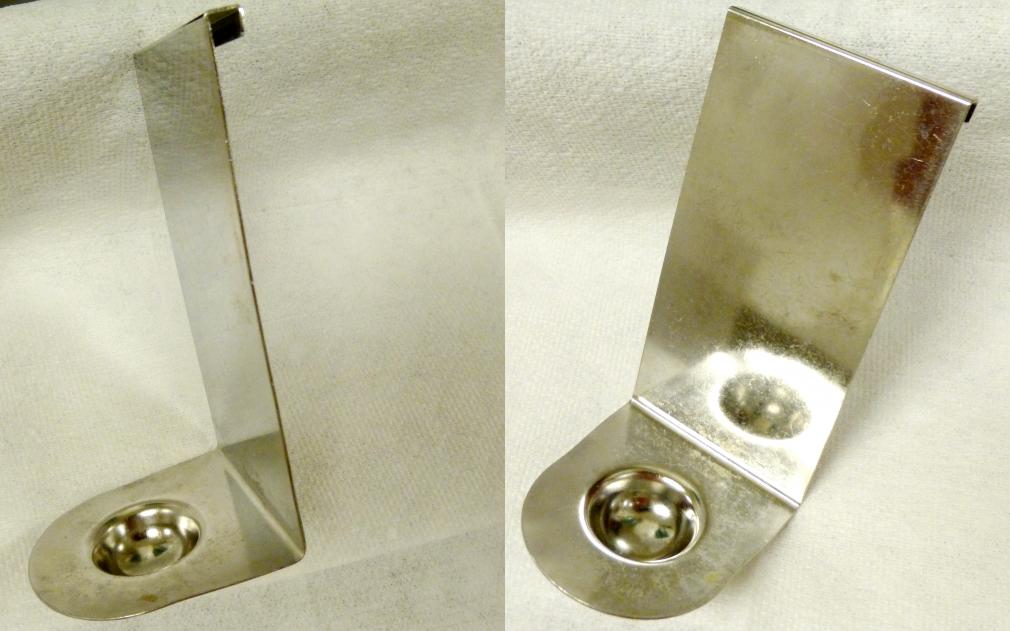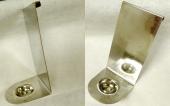Main Menu (Mobile)- Block
- Overview
-
Support Teams
- Overview
- Anatomy and Histology
- Cryo-Electron Microscopy
- Electron Microscopy
- Flow Cytometry
- Gene Targeting and Transgenics
- High Performance Computing
- Immortalized Cell Line Culture
- Integrative Imaging
- Invertebrate Shared Resource
- Janelia Experimental Technology
- Mass Spectrometry
- Media Prep
- Molecular Genomics
- Primary & iPS Cell Culture
- Project Pipeline Support
- Project Technical Resources
- Quantitative Genomics
- Scientific Computing
- Viral Tools
- Vivarium
- Open Science
- You + Janelia
- About Us
Main Menu - Block
- Overview
- Anatomy and Histology
- Cryo-Electron Microscopy
- Electron Microscopy
- Flow Cytometry
- Gene Targeting and Transgenics
- High Performance Computing
- Immortalized Cell Line Culture
- Integrative Imaging
- Invertebrate Shared Resource
- Janelia Experimental Technology
- Mass Spectrometry
- Media Prep
- Molecular Genomics
- Primary & iPS Cell Culture
- Project Pipeline Support
- Project Technical Resources
- Quantitative Genomics
- Scientific Computing
- Viral Tools
- Vivarium
What We Do
The Vivarium stimulates innovative science as a leader in animal-centric care, services, and knowledge. We enable in vivo research, with a focus on mice, rats, and zebrafish, through continuous improvement, maintaining flexibility, innovating unique solutions, developing strong internal and external connections, and maintaining sustainable practices.
As an AAALAC International accredited facility, the Vivarium uses the latest technologies in research animal housing and care. We follow guidelines outlined in the Guide for the Care and Use of Laboratory Animals, published by the National Research Council (NRC); PHS Policy on Humane Care and Use of Laboratory Animals, published by the United States Public Health Service;other applicable federal and state laws and regulations; and best practices in the industry. Following policies advocated by both the NRC and PHS publications, Janelia maintains an Institutional Animal Care and Use Committee (IACUC).
The Vivarium developed the water stop to alert individuals that a cage location did not have a water valve so they could put one in place before putting a cage in that spot on the rack. The water stop is available for licensing and works on most manufacturers' automatic watering quick disconnects.
View this toolThe Vivarium developed the water dish as a reusable, cleanable, and autoclavable device to place the daily water provided to mice and rats on water restriction. The water dish is available for licensing and works on most standard shoebox style cages.
View this tool



